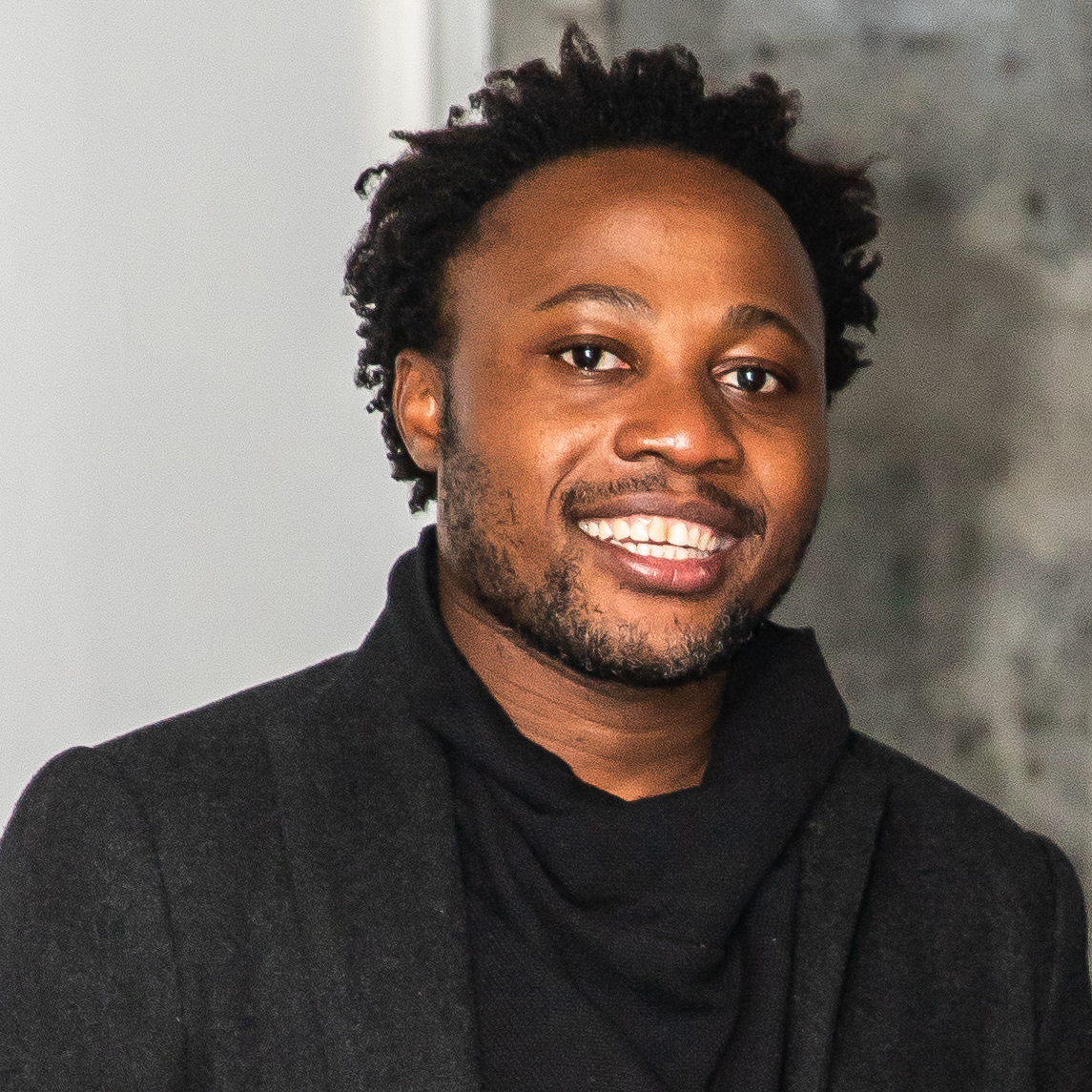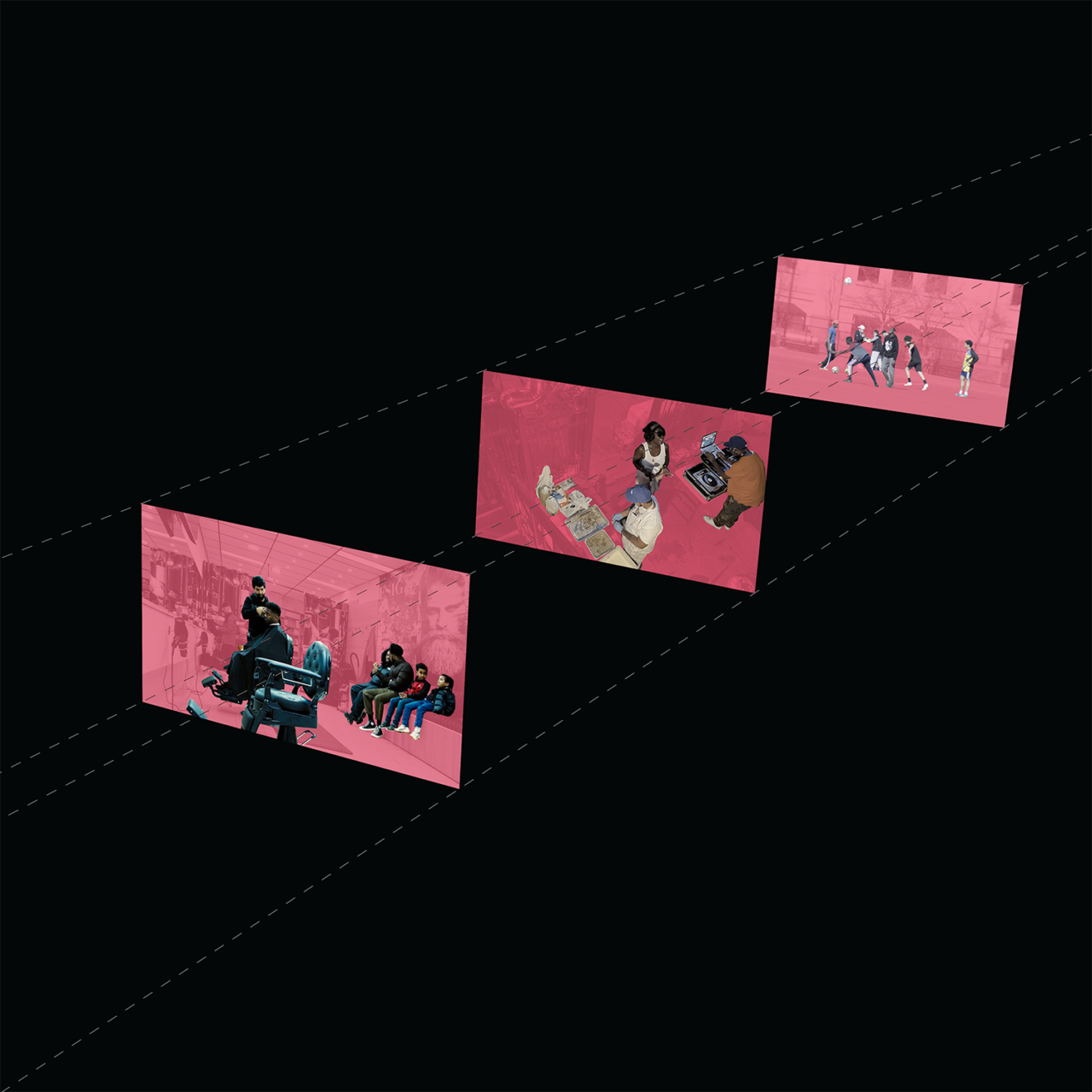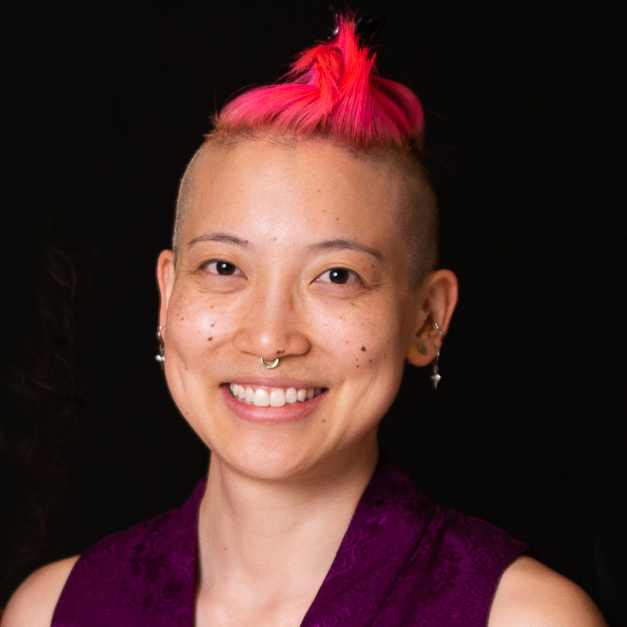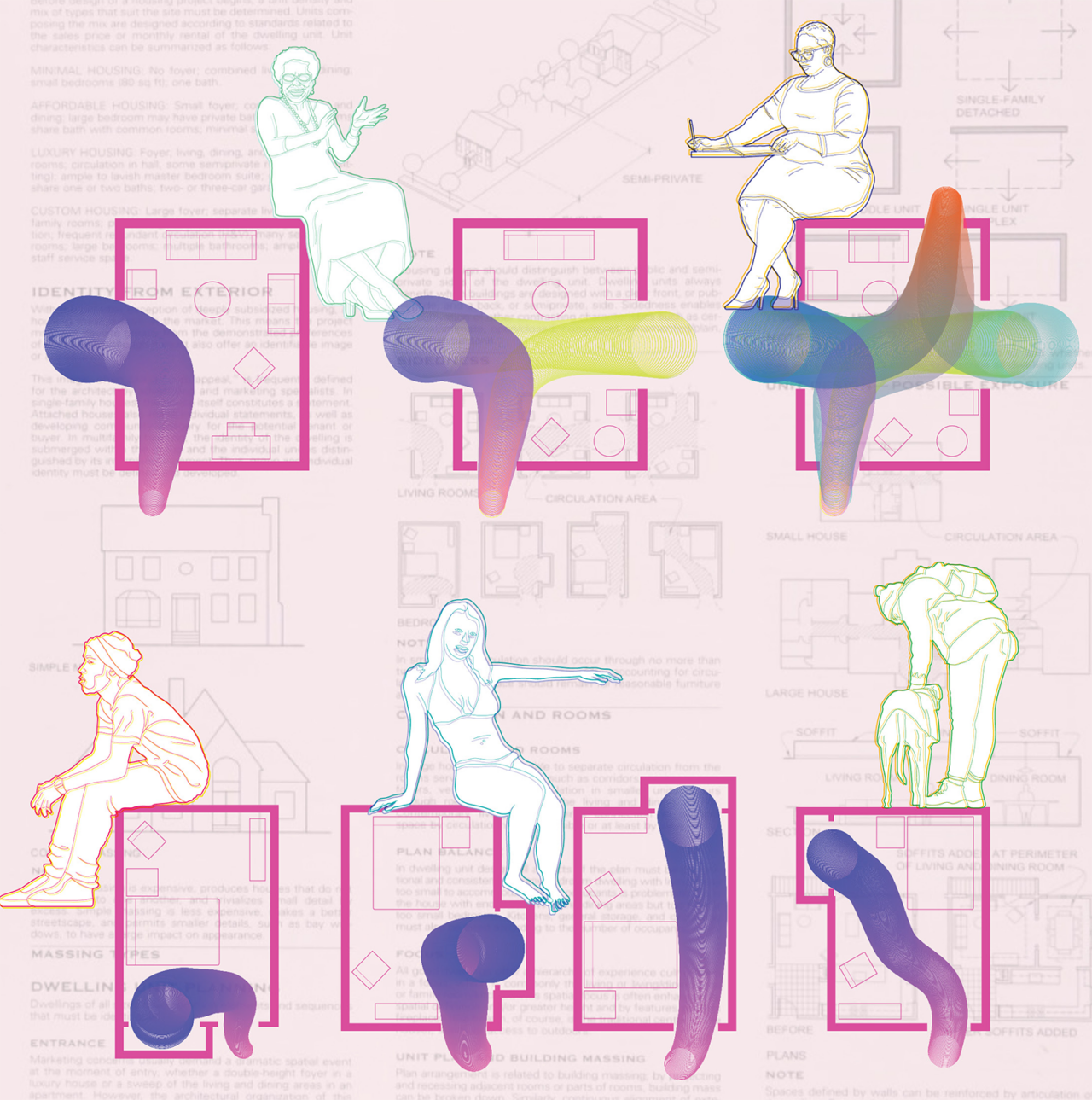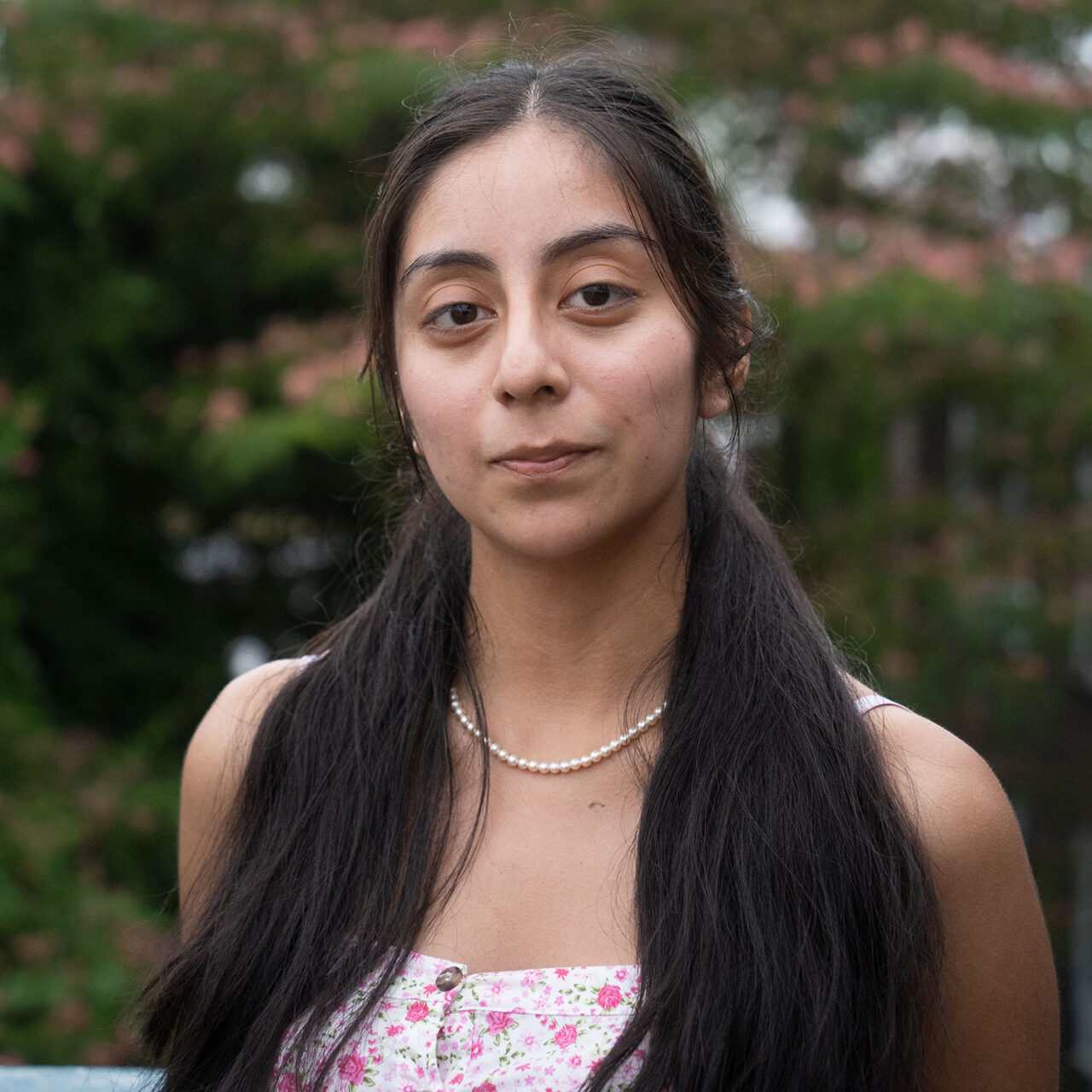by Center for Architecture
The Center for Architecture is excited to announce the three residents for the 2023 cycle of the Center for Architecture Lab, a multi-month, multi-disciplinary residency program that aims to invite a greater diversity of professionals to participate in the fields of architecture and design. Lab encourages our community to consider outside perspectives, critical questions, and innovative solutions to systemic problems in architecture and other design professions.
This year’s three residents were selected from over 50 applicants who responded to the idea of “Home,” a concept that can take on many different meanings, especially in post-COVID New York City. Each resident will explore the domestic sphere through their own unique lens and install their work at an exhibition opening in November 2023 at the Center for Architecture.
2023 Center for Architecture Lab Recipients
Making Home: Affirming Black Diasporic Agency
Kholisile Dhliwayo
New York City is a vibrant tapestry of diasporic and Indigenous cultures. As individuals migrate here, they bring with them their cultural practices and knowledge systems. We often acknowledge the impact of diasporic cultures on the culinary landscape, but we rarely consider their profound influence on shaping the physical spaces around us. Making Home is a counter-narrative oral mapping project that celebrates the creativity and ingenuity of BIPOC communities as active agents that shape the city, often by circumventing and subverting Eurocentric top-down hierarchical approaches and structures. By centering BIPOC voices across the five boroughs, the project prompts conversations about how to collectively create more inclusive and equitable cities—fostering relationships and frameworks that look to new ways of practice beyond the lack of diversity in built environment professions and making New York City a home that is reflective of the diversity of its the people.
Kholisile Dhliwayo is an African-Australian creative working between Naarm-Melbourne and Manahattan-NYC. His work explores the symbiotic relationship between diasporic cultures and the built environment. His research and practice focus on modalities and frameworks that affirm community agency in place and space making. Dhliwayo works across multiple disciplines, including oral narrative, filmmaking, exhibition, interior design, the built environment, and mapping. He is in the final year of the Master of Design Studies research program at the Harvard Graduate School of Design. He is a registered architect in the District of Columbia and Connecticut State, as well as New South Wales and Victoria, Australia.
Queeries: Designing Reality Equitably and Madly (Q:DREAM)
A.L. Hu, NOMA, AIA, NCARB, EcoDistricts AP
Queeries: Designing Reality Equitably and Madly (Q:DREAM) will leverage the Center for Architecture’s physical and virtual properties to enact an emergent research-creation process that asks queer people: “What are your definitions of ‘home’?” The project will spotlight NYC’s queer architects, designers, organizations, and places at different scales, with a participatory component for folks to recognize and celebrate the spaces they call “home.” “Designing Reality” refers to the creation of space for imagining worlds where queer folks have autonomous agency over their lives, while “Equitably and Madly” expresses parallel principles of equity of access, pride, and extraordinary imagination. Multimedia storytelling and queer data analysis will expand the frame of “home” to encompass queer families, support networks, spaces of one’s own, privacy, security, and stability. Through the course of the residency, Q:DREAM will begin to build a living archive that documents and celebrates queer designers, their work, and their desires.
A.L. Hu, NOMA, AIA, NCARB, EcoDistricts AP, is a transgenderqueer Taiwanese-American architect, activist, and organizer. Their interdisciplinary practice synthesizes organizing for racial, class, and gender justice with world-building and spatial planning; queers the architect’s role in facilitating accessible spaces; and manifests in design, visual media, cartographies, events, and collaborative cultural work. Hu was a 2019-2021 Enterprise Rose Architectural Fellow and they are currently Design Initiatives Manager at Ascendant Neighborhood Development in East Harlem. They are a core member of Design as Protest and Dark Matter U. Hu provides brainpower and energy for Queeries, an ongoing community-building design-queering initiative for and by LGBTQIA+ architects and designers.
Undocumented
Karla Andrea Pérez
For undocumented immigrants, home has always been a complex reality rooted in politics, identity, and architecture. This population lives with the threat and expectation of removal and violence, where trespassing is legal because you’re not. To be undocumented is to live between worlds, in a where fear becomes normal, knowing you cannot exist here. How is this reality reflected in the interiority and spatialization of the home, if at all? This project will document the existing homes of individuals who live with the status of “undocumented” in the New York City area through video, photography, and interviews. It aims to assist in recognizing these spaces within an architectural discourse that doesn’t pretend to aestheticize or romanticize their homes, but rather to serve as a platform for self-advocacy.
Karla Andrea Pérez is a first-generation Mexican-American designer, researcher, and folkloric dancer. She received her BFA in Interior Design from the New York Institute of Technology and is currently pursuing her MS in Critical Curatorial and Conceptual studies in Architecture at Columbia University. Her work acknowledges the gaps in historic archival representation of overlooked, often misrepresented minority community spaces, with a particular focus on the Mexican immigrant and Mexican-American communities in New York City, drawing from her upbringing in Queens. She has focused on community programming experiences that reclaim public space by using dance and installations as tools of empowerment. Pérez is always looking for ways to collectively bring forward these narratives through active collaboration, community engagement, and cultural organizing.
